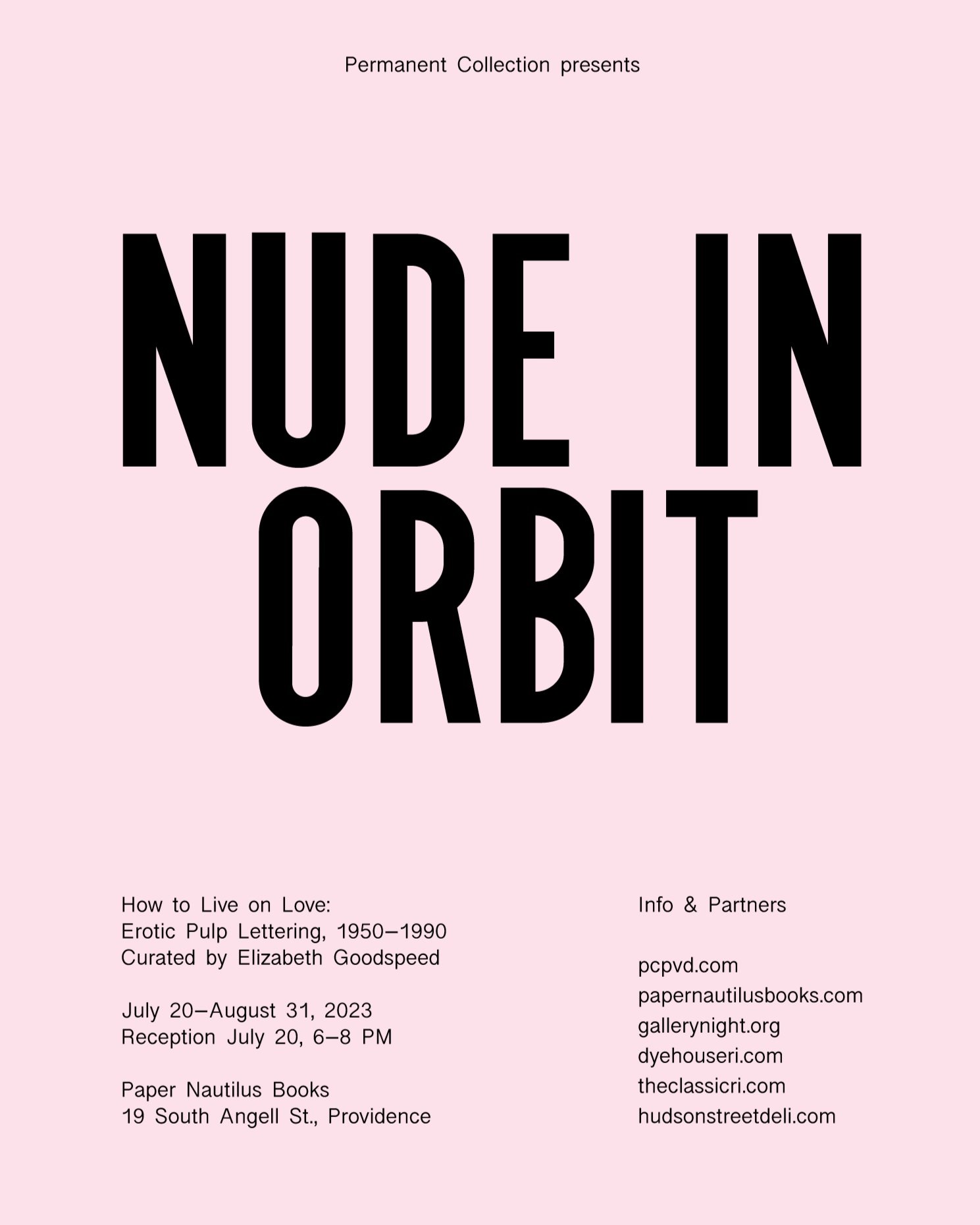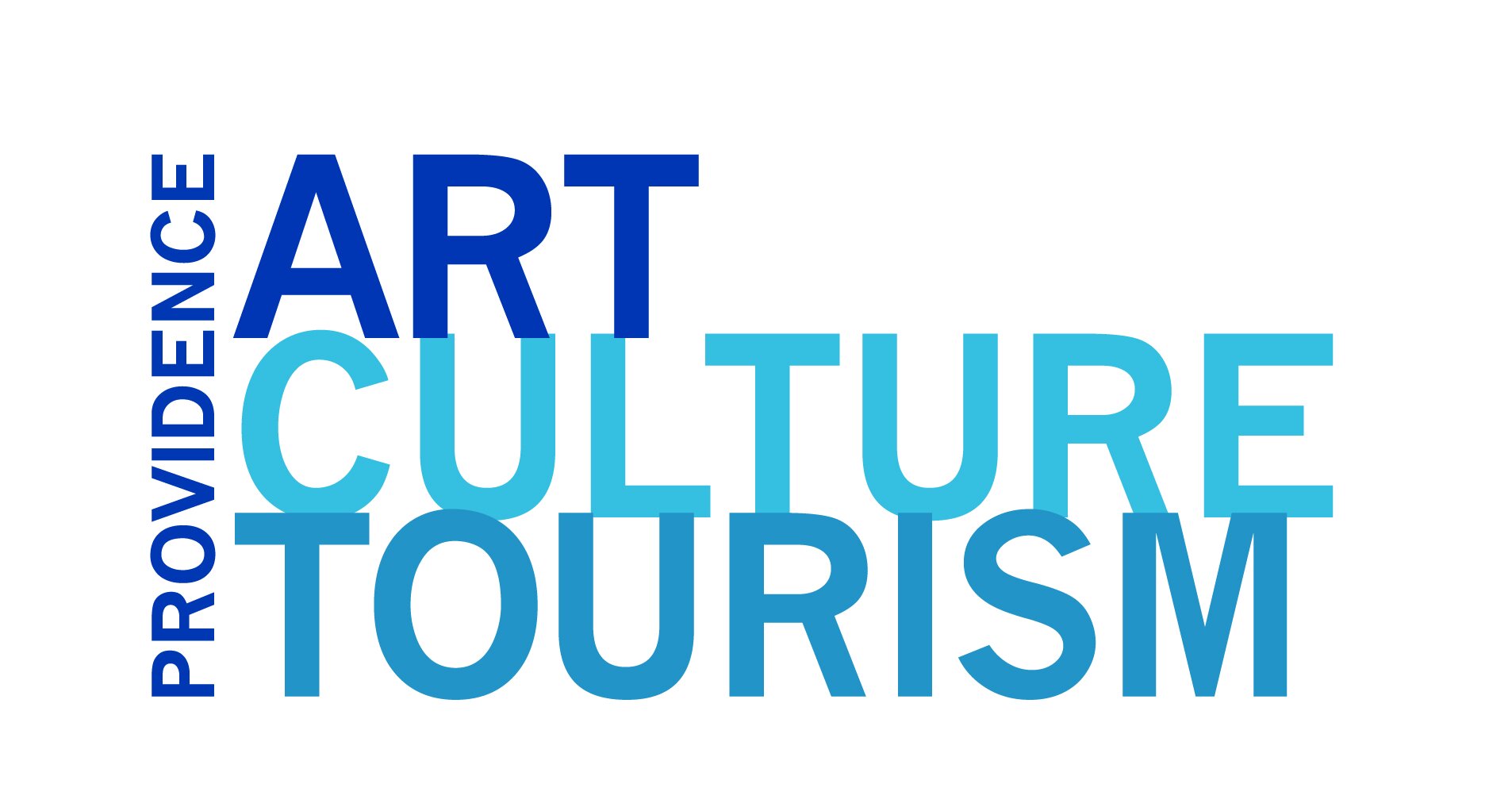How to Live on Love
Erotic Pulp Lettering, 1950–1990
Curated by Elizabeth Goodspeed
July 20 – August 31, 2023
Reception July 20, 6-8pm
Paper Nautilus Books
19 South Angell St, Providence
Canonical conversations about romance novel artwork largely focus on the Fabios—the sentimentally lush paintings used for the covers of books by publishers like Harlequin and Avon. Dramatic lighting, waves of fabric, and swooning heroes telegraph a promise of seduction. The clinch—an industry term for covers featuring protagonists locked in a passionate embrace—became the standard throughout the 1980s. (Kelly Faircloth, Jezebel). Less is known, however, about the form’s typography.
A cousin to the typographic style of B-movies and comics, the lettering of romance and erotic paperbacks is unabashedly campy and bold. While the typography documented in How to Live on Love was derogatorily categorized as “pulp”, the label afforded immense freedom and opportunity for artistic expression. Here, letterforms aren’t beholden to the conventions of traditional, commercial typography, and instead are often hand-crafted and customized, with rough edges or unique textural effects. From typography one can assume a novel is hot and heavy, dark and mysterious, or a bumbling, flirtatious romp. By isolating these titles away from the context of their illustrated covers, their energetic spirit and exceptional artistry becomes more immediately apparent. Imbued with the promise of promiscuity, these titles challenge the reader to slip into something a bit more comfortable: a paperback romance.
*
How to Live on Love has been produced by Elizabeth Goodspeed, an independent designer and art director who specializes in historically-inspired brand, print, and editorial projects. As a writer and archivist, she’s interested in the cyclical patterns of visual culture and the impact that everyday design and ephemera has had on the larger creative landscape over time. She teaches design at RISD and Parsons. Learn more about her work at elizabethgoodspeed.com.
This show is part of Permanent Collection, an ongoing series about things found, how they were found, and how what was found is shared. Permanent Collection is produced by Ben Sisto.
Thanks to Permanent Collection’s generous partners for all their support: Paper Nautilus Books, Gallery Night Providence, Dye House, Hudson Street Deli, The Classic, and The Rhode Island Council for the Humanities.
Additionally. this exhibit is supported in part by The City of Providence Department of Art, Culture, and Tourism. We thank ACT for their assistance.

